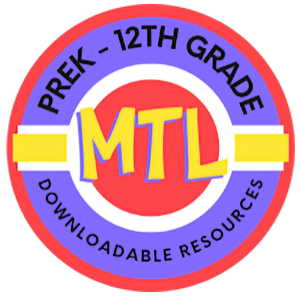Category: Experiments
- Home
- /
- Shop
- /
- By Subject
- /
- Science
- /
- Basics
- /
- Experiments
Showing all 19 resultsSorted by latest
-
Sale!
 Buy Now
Buy Now$3.00Original price was: $3.00.$2.25Current price is: $2.25.Hands on learning! This BUNDLE includes two products that will help students gain an understanding of what happens during a solar eclipse!
What’s included:
-
– A solar eclipse activity designed to help students visualize a solar eclipse through using common objects to actually demonstrate one.
-
– A solar eclipse activity designed to help students visualize a solar eclipse by creating a simple paper model of an eclipse.
-
-
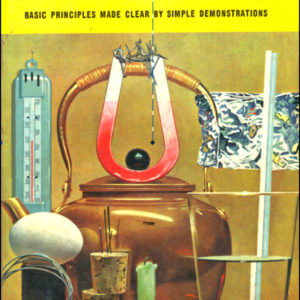 $2.50Buy Now
$2.50Buy NowExperiments in this book involve Magnets, Air, Electricity,Water, Sound, Sight, Machines, Heat, Chemistry and Plants.The many illustrations are self-explanatory– a great book for budding scientists and teachers.
-
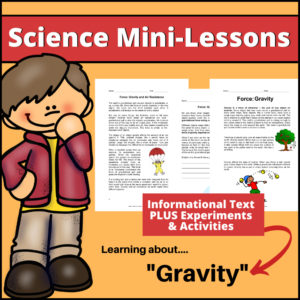 $2.50Buy Now
$2.50Buy NowStudying ‘The force of Gravity‘ in your classroom? This Mini-Lessons resource has been designed to help students gain a greater understanding as well as to help them retain the information they are learning!
-
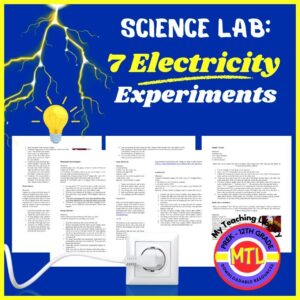 $3.00Buy Now
$3.00Buy NowStep by step instructions for performing 7 electricity related experiments:
1 – Simple Circuits
2 – Build a Dry Cell Battery
3 – Potato Battery
4 – Homemade Electromagnet
5 – Energy Detective
6 – Static Electricity
7 – Conductivity -
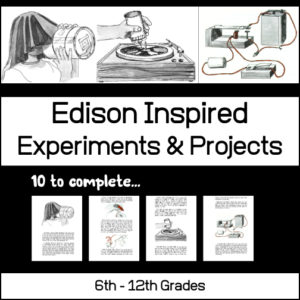 $1.00Buy Now
$1.00Buy Now10 Experiments / Projects inspired by Edison – Including: A phonograph Pick-Up, The Relay in Action, A Pinhole Camera and 7 others!
-
 $1.50Buy Now
$1.50Buy NowInject a little history into your science lessons and perform some cool experiments too!
What you’ll get:- – 2 Short informational texts: One on Benjamin Franklin and one on Franklin’s Glass Armonica
- – 4 Experiments: Bottle Pipes, Lemon Battery, Magnetic Art, and the Thermometer
-
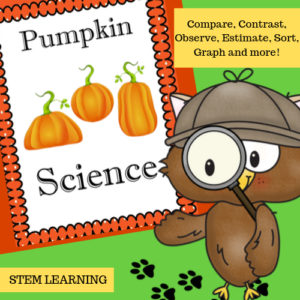 $3.00Buy NowPumpkin Science has several fun, hands-on activities that ask students to compare, contrast, observe, estimate, count, sort, investigate, graph and much more…Students can even create a Pumpkin Science Journal or use pages as notebooking pages.See more about this product in the description below.
$3.00Buy NowPumpkin Science has several fun, hands-on activities that ask students to compare, contrast, observe, estimate, count, sort, investigate, graph and much more…Students can even create a Pumpkin Science Journal or use pages as notebooking pages.See more about this product in the description below. -
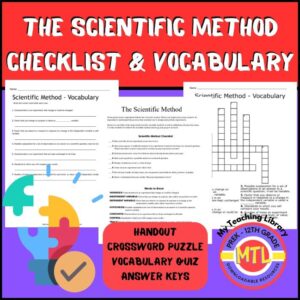 $2.50Buy Now
$2.50Buy NowBefore students begin a science project, it’s important to know important vocabulary and understand the process scientists use to design and perform experiments. This resource includes:
- Handout with a scientific method checklist (step-by-step process to follow)
- Seven vocabulary words with definitions
– Variables
– Independent variables
– Dependent variables
– Hypothesis
– Constants
– Control
– Trials - Vocabulary crossword puzzle (with key)
- Vocabulary quiz (with key)
To use again and again, laminate or place inside a sheet / page protector!
-
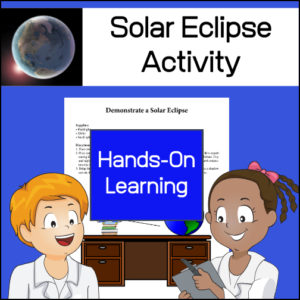 $1.50Buy Now
$1.50Buy NowHands on learning! A solar eclipse activity designed to help students visualize a solar eclipse through using common objects to actually demonstrate one.
-
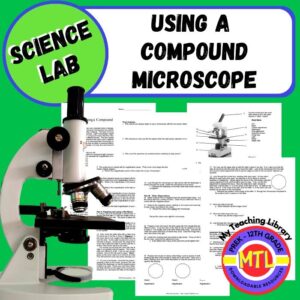 $3.00Buy Now
$3.00Buy NowThis is a complete, step by step science lab during which students will learn about, use a compound microscope and record their observations as well as important facts they’ve learned.
Key highlights covered:
- – Parts of a compound light microscope and their functions
- – How to calculate magnification
- – How to make a wet mount slide
- – Detailed information on how to use the microscope
-
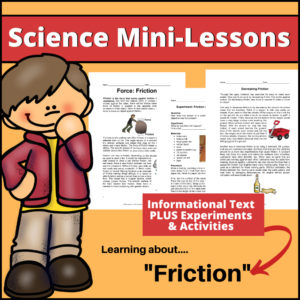 $2.50Buy Now
$2.50Buy NowStudying ‘The force of Friction‘ in your classroom? This Mini-Lessons resource has been designed to help students gain a greater understanding as well as to help them retain the information they are learning!
-
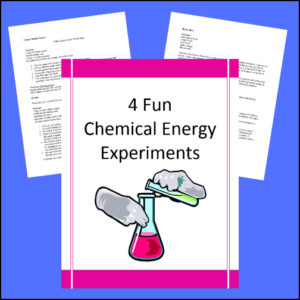 $1.00Buy Now
$1.00Buy NowChemical Energy is released when bonds form in a chemical reaction, often producing heat as a by-product (exothermic reaction).
Here are four experiments for students to perform which display chemical energy! Experiments include:
1. Rusty Heat
2. Easy Endothermic Reaction
3. Classic Mentos Geyser
4. Hot Ice -
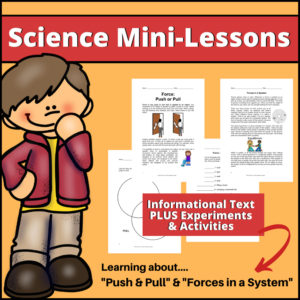 $2.50Buy Now
$2.50Buy NowStudying ‘Force & Motion‘ in your classroom? This Mini-Lessons resource has been designed to help students gain a greater understanding as well as to help them retain the information they are learning!
-
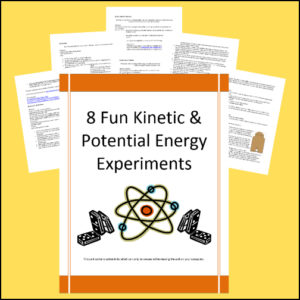 $2.00Buy Now
$2.00Buy NowKinetic energy is energy possessed by an object due to its motion or movement. Potential energy is the stored energy of position possessed by an object. Here are eight experiments for students to perform which display chemical energy! Experiments include:
1. Rube Goldberg Machines
2. Homemade Marble Run
3. Bucket Spin
4. Salad Spinner Art
5. Rubber Band Vehicles
6. Rubber Band Car
7. Flywheel Battery
8. Pendulum of Peril -
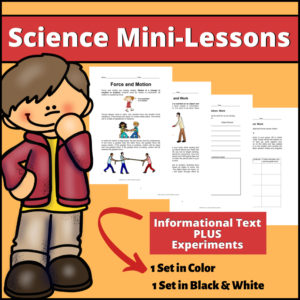 $2.50Buy Now
$2.50Buy NowStudying ‘Force & Motion‘ in your classroom? This Mini-Lessons resource has been designed to help students gain a greater understanding as well as to help them retain the information they are learning!
Includes:
- 2 Instructional text pages ( 1 on Force and Motion and 1 one on Force, Motion and Work)
- 2 Experiments (1 Cooperative Group experiment focusing on how ‘unbalanced forces cause motion‘ and to show ‘how energy can be transferred’. )
- 1 Worksheet Activity (Students will find and list examples of ‘machines and work‘ as well as draw an illustration.
-
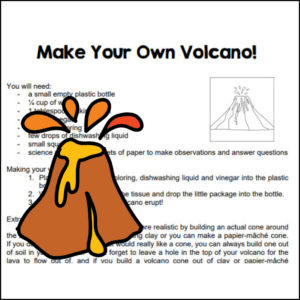 $0.50Buy Now
$0.50Buy NowFun, Science activity to make your very own volcano out of things you have around the house!
-
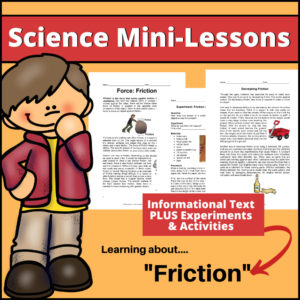 $2.00Buy Now
$2.00Buy NowStudying ‘Forces & Magnets‘ in your classroom? This Mini-Lessons resource has been designed to help students gain a greater understanding as well as to help them retain the information they are learning!
-
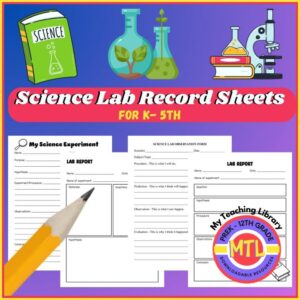 $3.00Buy Now
$3.00Buy NowThese science experiment lab record worksheets will give your elementary students the opportunity to organize their thoughts, activities, observations and conclusions for any experiment they may perform.
There are 3 different worksheets from which to choose:
#1: “Science Labe Observation Form” – 1 page
– Students will name themselves as the ‘scientist’ and will be given sections to name the subject/topic, give details for the procedure (what they will do), their prediction (what they think will happen, their observations (what they saw) and an evaluation (why they think the result happened and what was learned).#2: “Lab Report” – 2 pages
– First page (completed prior to the experiment): Students will name the experiment, list materials, questions they have and their hypothesis.
– Second page (completed after the experiment): Students will name the specific question they are testing, restate their hypothesis, detail the procedure and observations and then write their conclusions.#3: “My Science Experiment” – 1 page
– Students will state the purpose of the experiment, their hypothesis, detail the procedure, give their observations and write their conclusions. -
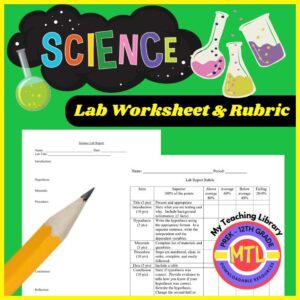 $2.50Buy Now
$2.50Buy NowThis Science lab worksheet and rubric will give your middle school and high school students an organized way to report the entire process of a science lab. Plus, the rubric can be given to students in advance so that they will know all of the criteria you are expecting! Use again and again, throughout the year for all your labs
There are sections for students to record…
- – Lab title
- – Introduction (Students are to state what they are testing and why plus give background information)
- -Hypothesis (Students are to write their hypothesis plus give the independent and dependent variables)
- -Materials (A complete list of materials)
- – Procedure (Students are to give detailed numbered steps that were followed)
- – Data (Should include a table)
- – Conclusion (Students will state if their hypothesis was correct, providing evidence. Change the hypothesis is necessary.)
- – Reflection (Students should list at least two sources of possible error)
The grading rubric makes it easy for YOU to grade!
